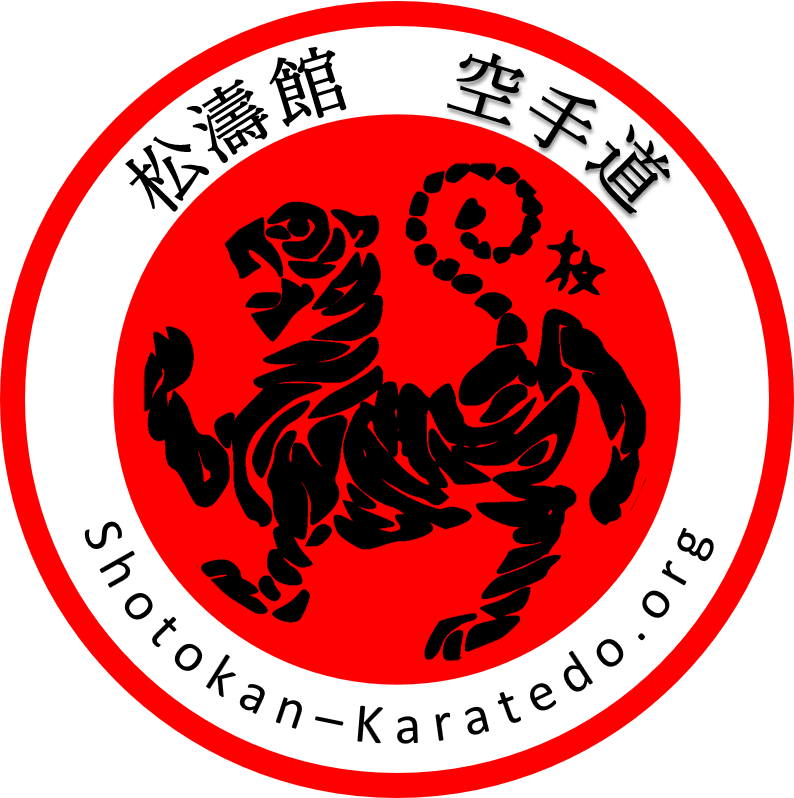
Taikyoku Shodan
太極 初段
The Taikyoku series consists of three preparation Kata introduced by Gichin Funakoshi (1868 – 1957) as a way to simplify the principles of the basic Kata of the Heian series. Literally, the Kanji character 太 (tai) means, among other things, ‘big around’, while the Kanji character 極 (kyoku) means, among other things, ‘the most highly’. Referring to the Chinese philosophical concept of Taiji (a condition arising from Wuji (Primordial Limitlessness) and giving rise to Yang and Yin), Taikyoku ( 太極 ) can therefore best be translated into English as ‘The Supreme Ultimate’, as it embodies all potential. Karateka who want to develop themselves should therefore always go back to this source of the Supreme Ultimate in order to work on their own basics. That is why it is so important to practice each Taikyoku kata (actually developed by Gichin’s son Yoshitaka (1906 – 1945), better known as Gigo), especially the first one of this preparation series, which is named Shodan ( 初段 ), meaning ‘first grade’. Gichin Funakoshi stated in his book ‘Karate-Do Kyohan’ that Taikyoku Shodan is the ultimate training kata. In the video embedded below (recorded on 5 June 2023), budoka Johan Oldenkamp, a former national runner-up from the Netherlands, performs this first preparation Kata of Shotokan ( 松濤館 ) Karatedo ( 空手道 ).
Each Taikyoku Kata consists of 20 steps, including 7 turns (apart from the beginning turn and the ending turn), where each turn is always inwards to the embusen. Taikyoku Shodan involves only two basic moves: the Gedan-Barai (or low block), and the Oi-Tsuki (or lunge punch) at Chudan (middle) level. The stance for each of these 20 steps in this first preparation Kata is always Zenkutsu-Dachi (or front stance).
© Shotokan-Karatedo.org : This page was last updated on 2024/03/26.